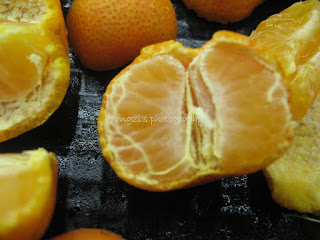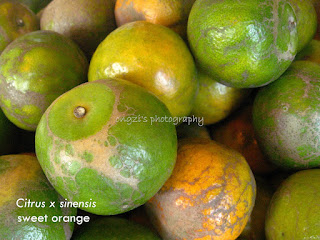How the sperm from one plant fertilizes the ovum of another, is the most important determinant of the making structure of plant populations. The morphology of the flower parts and their arrangement on the plant in turn controls the amount and distribution of genetic variation, a central element in the evolutionary process.
.
Perfect flower have both male ( androecium ) and female ( gynoecium ) reproductive structures.
Perfect flowers not necessary have petals or sepals. A complete flower is a perfect flower with petals and sepals.
Hermaphrodite refers to plants that have perfect flowers. In angiosperm terminology, a synonym is monoclinous, from the Greek word ‘one bed’.
.
Imperfect flower have either functionally male ( staminate ) or functionally female ( pistilate ) reproductive structures.
.
Monoecious refers to plants that have both male and female flowers on the same plant, from Greek word ‘one household’.
A monoecious that bear flowers of one sex at one time are called simultaneously or synchronously monoecious ; individuals that bear flowers of one sex at one time are called consecutively monoecious.
Protoandrous describes individuals that function first as males then change to females ; protogynous describes individuals that function first as female and then change to males.
.
Dioecious refers to plant that have separate male and female flowers. They are either gynoecious ( female plants ) or androecious ( male plants )
.
Polygamomonoecious or trimonoecious refer to plants with male, female and perfect flowers on the same plant.
.
Gynoecy refer to plants that are all females in a population, often regulated by environmental factors like temperature, photoperiod or water availability.









.jpg)



.JPG)




